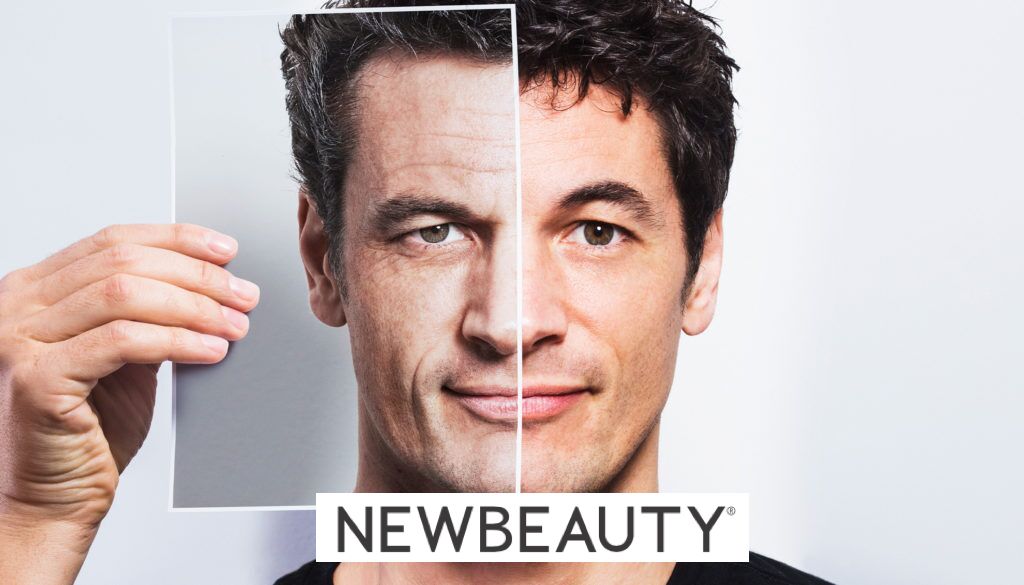
From requests for BOTOX® injections, to lip filler to facelift surgery, it can be said cosmetic procedures have been predominantly more popular with women. However, it is not a surprise that according to the latest statistics, men are catching up. The American Society of Plastic Surgeons reported a 29 percent increase in male plastic surgery since 2000 and men also made up 15 percent of facelift patients, as stated by the American Academy of Facial Plastic and Reconstructive Surgery. The rising number of men seeking plastic surgery, especially facial surgery, want to look and feel their best, but still retain their natural masculine features. NEWBEAUTY’s article “4 Differences Between a Male and a Female Facelift” explores the four main factors that plastic surgeons must keep in consideration to achieve the best facelift for men.
There are intrinsic differences between men and women and this is especially true when it comes to our faces. When considering a facelift for men, a factor that plays a significant role is Structural Characteristics of facial anatomy. A woman’s facial muscles and connective tissues are thinner than a man’s and easier to manipulate during a facelift. Men usually have a denser bone structure and thicker skin and muscles than women. For a surgeon, this structural difference entails using a more custom-tailored surgical approach in men’s facelifts to prevent a pulled or overly contoured outcome.
Another important difference between male and female facelifts is that men are typically looking for Stronger Jawlines. Men undergoing a facelift procedure want to achieve a more defined jawline and chin, to get rid of any jowling and tighten the neck. Particularly when it comes to the neck area, Dr. Konstantin points out that he uses a different surgical approach for men than for women. “When tightening a male neck, I can take more fat because I don’t have to worry about emphasizing an Adam’s apple,” he says. For women, too much contouring of the neck can emphasize the larynx, which is not ideal for a female patient.
The distinct Cheek Position of males versus females is another factor that sets apart the facelift technique a plastic surgeon must use in each instance for optimal results. As Dr. Konstantin explains, “women have more fullness up front at the anterior part of the cheek than men. Male cheeks are much flatter in the front and less prominent….when repositioning the skin and muscle, that relationship has to be preserved or you can give your male patient a cheek that looks too full up front.” Unless facial feminization is desired, in a male facelift a surgeon must be careful not to give a patient cheeks that are too round or too full.
Men generally have shorter hair than women, (Fabio excluded), so Incision Placement in a facelift is crucial. While women can wear their hair down to conceal any signs of healing incision lines after a facelift procedure, men usually don’t have that option. An experienced facial plastic surgeon will ensure that in a male facelift incision lines are strategically and carefully placed for minimal visibility.
You can read the full article in NEWBEAUTY. If you would like to know more about male facelift surgery or other facial rejuvenation procedures, we would be happy to see you for a consultation. Please contact our Manhattan-based practice to schedule your appointment with New York’s top facial plastic surgeon and facelift expert, Konstantin Vasyukevich, MD.